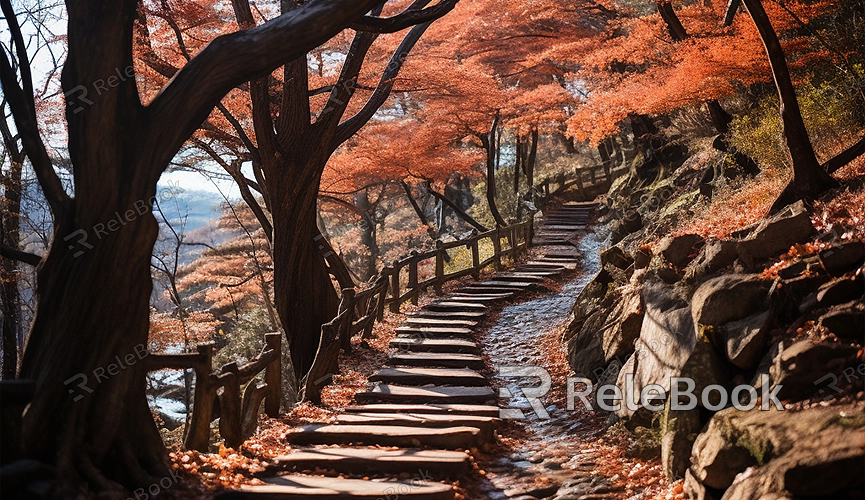Add Texture to Blender Object
Adding texture to a 3D model object in Blender is a crucial step to achieve stunning rendering effects. The rendering result of a model involves the combination of the model, textures, and HDRI. Different parameter adjustments yield different rendering effects. Let's explore the process and steps for adding texture to a 3D model in Blender.

Basic Steps and Workflow:
1. Select the Target Object: In Blender, start by selecting the object to which you want to add texture. It could be a building, an animal, or any 3D model you want to bring to life.
2. Prepare Texture Materials: Carefully choose or prepare texture materials suitable for the target object, ensuring they coordinate with the object's shape and design.
3. Import Textures: Import the chosen texture materials into Blender and layout them in the node editor to ensure proper connections between the textures and the object's surface.
4. Adjust Mapping: Based on the object's geometry and size, adjust the mapping of textures to ensure even distribution on the object's surface.
5. Adjust Texture Properties: By adjusting texture properties such as color, reflectance, etc., harmonize the texture with the overall appearance and material of the target object.
6. Add Details and Bumps: For objects that require more details and a sense of relief, add detail maps or normal maps to the texture, making the object more realistic.
7. Create Multilayered Effects: When necessary, create multiple texture layers to give the object a more complex appearance, adding depth.
8. Real-time Preview and Adjust: In Blender, preview the texture effects in real-time and make adjustments as needed to ensure the best visual results.
Common Examples of Adding Texture to Objects in Blender and Rendering:
1. Ancient Stone Pillar: Add texture to an ancient stone pillar, showcasing the sediment of years and the texture of the stone surface to make it look older and more authentic.
2. Fantasy Creature Skin: Add texture to the skin of a fantasy creature, displaying scales, feathers, or other unique textures to make it come to life.
3. Futuristic Tech Panel: Add texture to the control panel of a tech device, presenting a futuristic metal texture and gloss to enhance the tech feel.
4. Natural Landscape Mountains: Add texture to the mountains in a 3D model, depicting the rock texture and vegetation coverage, making the entire scene more realistic.
5. Urban Building Glass: Add texture to the glass curtain wall of urban buildings, reflecting the surrounding cityscape and adding a modern touch to the architecture.
6. Abstract Art Sculpture: Add texture to an abstract art sculpture, creating a unique tactile feel and light-shadow effects to make the sculpture more expressive.
7. Vintage Car Paint: Add texture to the surface of a vintage car model's paint, showcasing traces of time and the metallic gloss, giving the car a historical feel.
8. Marine Life Seabed: Add texture to the surface of a marine life model, showcasing the texture of coral, seaweed, and the feel of seawater to make it come to life.
Understanding the process of adding texture to Blender objects allows for better rendering of more realistic and detailed effects. If you need many high-quality 3D textures and HDRI or 3D model downloads, you can find them on Relebook. Simply download and import the textures and 3D models directly into your project.

